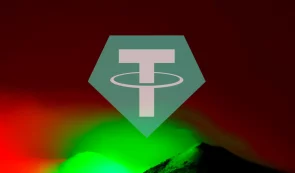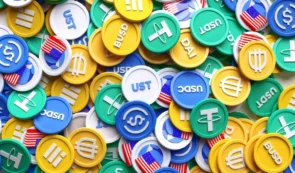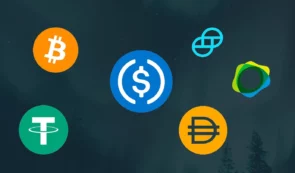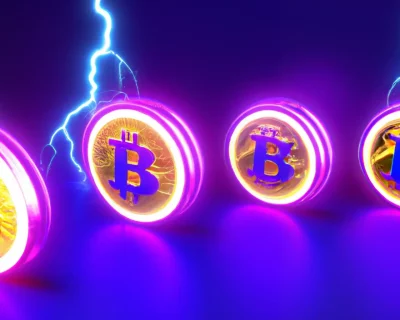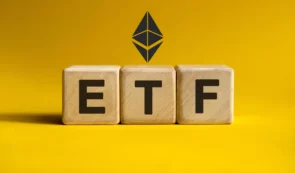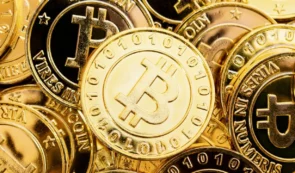Behind the Scenes of Tether’s 1 Billion USDT Transaction
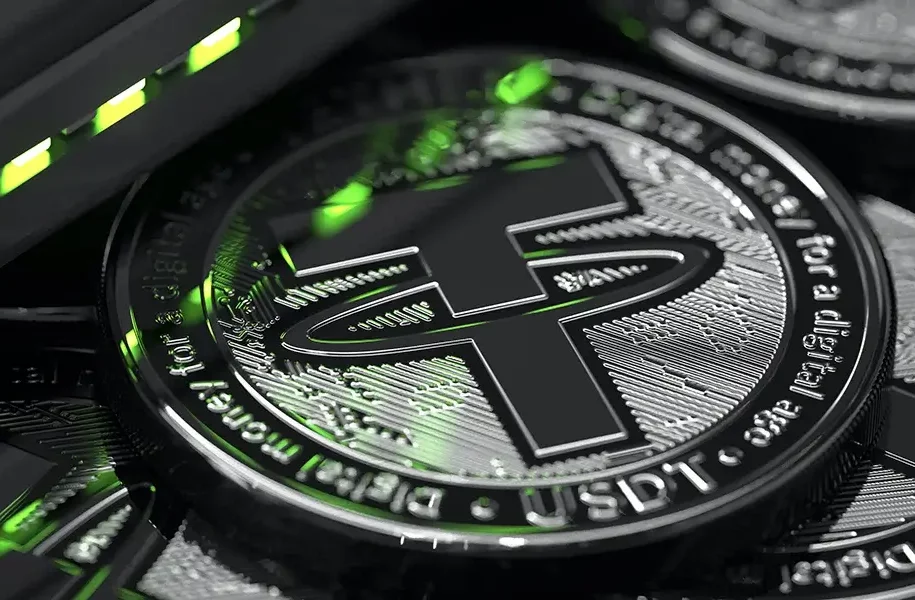
In a recent development, Tether's CTO, Paolo Ardoino, clarified a recent transaction involving Tether's treasury.
He explained that the 1 billion USDT mentioned in a tweet as “minted” by Whale Alert was authorized but not issued to the public yet. These tokens were used to restock Tether’s treasury wallets on the Tron Network, earmarked for future issuance requests and chain swaps.
PSA: 1B USDt inventory replenish on Tron Network. Note this is a authorized but not issued transaction, meaning that this amount will be used as inventory for next period issuance requests and chain swaps.https://t.co/Y1bqxZglgR
— Paolo Ardoino 🍐 (@paoloardoino) September 19, 2023
Tron is a significant contributor to the overall USDT supply, with over $43 billion in authorized USDT on its blockchain, while approximately $947 million remains unissued. Transactions like these occur when a customer requests a cross-chain swap exceeding Tether’s holdings on the destination blockchain, requiring balance adjustments for transparency.
Tether’s dominant presence extends across various blockchains, including Bitcoin, Ethereum, Algorand, Avalanche, EOS, Polkadot, Polygon, Solana, TRON, Tezoz, and Kava. It outpaces its closest competitor, USDC, with a circulating supply exceeding 83 billion USDT compared to USDC’s 26 billion, reflecting a strong preference within the crypto community.
READ MORE: Ray Dalio Sounds Alarm Bells on U.S. Debt & Money Printing
In the competitive stablecoin market, other issuers and their assets face challenges. For instance, PayPal’s PYUSD stablecoin has encountered slow adoption since its August 7 launch.
Furthermore, Paxos, the issuer of PYUSD, suffered a setback as Binance initiated the delisting process for the BUSD stablecoin, which Paxos also issues.
In summary, Paolo Ardoino clarified the recent USDT transaction, highlighting its authorization and purpose. Tether’s dominance extends to multiple blockchains, surpassing its competitors, while other stablecoin issuers are grappling with market challenges, as seen with PYUSD and BUSD.


